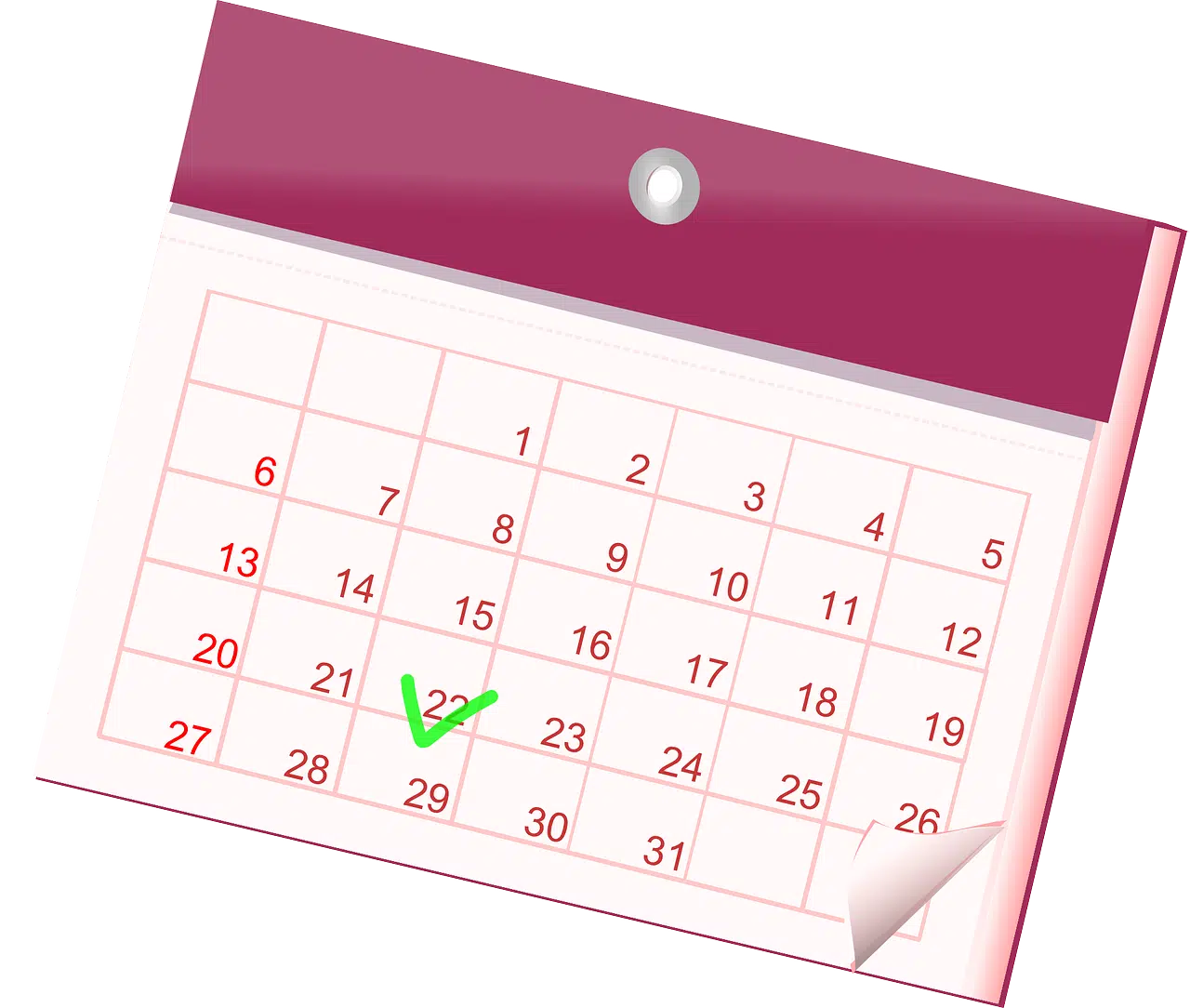
The dates are systematized with the calendar.
A date is a date (an indication of the time in which something occurs or is done). In everyday language, a date can be associated with a specific day . For example: “What date is today? Today is May 12” , “The next date of the tournament will be played in four days” .
The dates - a term from the Latin facta - are systematized by a calendar , which is an account that allows the organization of time. Current calendars are based on the cycle of the Earth in relation to the Sun , which is why they are called solar calendars .
We have to emphasize that there are key and important dates in history , as they mark important events such as, for example, the storming of the Bastille within the French Revolution : July 14, 1789 , in Paris .
Date formats
In addition to everything stated above, it is important and interesting that we take into account that there are different formats to express dates. Thus, each country has its own or embraces those that exist recognized worldwide, which normally tend to be of two clearly differentiated types.
In this way, one of those is known as little endian format, which is defined because it chooses to establish two digits for the day, another two for the month and four for the year. A perfect example of that would be 03-18-1982 .
Secondly, another of the most widespread formats is the one known as big endian . In this case, any date is raised by establishing four digits for the year, two for the month and another two for the day, in this order. A perfect sample of this dating system would be 1978-09-19 .
However, there are countries that choose to use other recognized formats. Thus, for example, in the United Kingdom or France the commitment is to establish any date through three clearly different parts and each of them with two digits. Thus, an example would be 08-17-84 .
In Japan , however, they opt for two aforementioned digits for year, month and day respectively. So, an example would be 02/12/25 .

Dates help organize time.
Different calendars
The official calendar in the Western world is currently the Gregorian calendar . Its promoter was Pope Gregory XIII , who established it to replace the Julian calendar in 1582 . Under this calendar, on this date we live in 2009 , which means that that many years have passed since the birth of Christ . Being a solar calendar, each year has a duration of 365 days (or 366 in leap years).
Elisabeth Achelis proposed, in 1930 , a reform of the Gregorian calendar to convert it into a perpetual calendar (where all years are equal). Achelis 's proposal was known as the world calendar and contemplates the organization of dates in twelve months, which would be divided into four equal quarters.
Each quarter would have 91 days (13 weeks), starting on a Sunday and ending on a Saturday. The quarter would begin with one 31-day month and continue with two 30-day months.
Finally, it should be noted that the annual publication that contains information on certain dates and is arranged in a calendar is known as an almanac .
